: Land under PressureCompetition, Opportunities and Implications for Conservation
ABCG held a thematic meeting on Land Tenure and Biodiversity: Analyzing Biodiversity Conservation and Governance to Prevent Conflict and Crisis. Jimmiel Mandima, Program Director of Policy with the Africa Wildlife Foundation served as Chair and moderator on this open meeting that featured recent work in the field and a lively discussion with all participants.
Key themes of the meeting included:
- Land is the thread that runs through numerous conservation challenges in Africa
- Communities voice and involvement in matters related to land use is essential
- A need for coordinated and integrated approaches that avoid stove-piping and sectoral silos
- The role of policy AND implementation as cross-checks on one another
The following is a summary of the presentation points and proceedings.
Implementation of Land Policy for Improved Ecosystem Management and Land Tenure in Western Tanzania
Emmanuel Mtiti, Program Director, the Jane Goodall Institute-Tanzania; 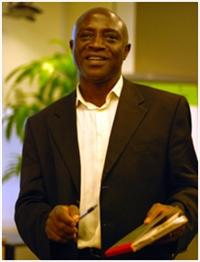
Matt Brown, Conservation Director, The Nature Conservancy Africa Region
The landscape of Western Tanzania is seriously threatened by incompatible development, unsustainable farming techniques, destructive and uncontrolled wildfires, and inadequate local capacity to establish and enforce more environmentally friendly land use policies and practices. Gradual encroachment has caused significant negative impact on sustainable development and habitat preservation in the region. Co-presented by Mtiti and Brown, the discussion focused on how the Jane Goodall Institute (JGI), The Nature Conservancy (TNC) and partners are working with authorities from the village to the national level in a land use planning process to address on-going threats.
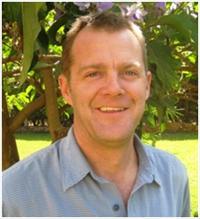 Available opportunities exist within the country policy framework to improve management of critical ecosystems in Western Tanzania and reduce conflicts in the utilization of forests while improving the livelihoods of the local population. Through an intense participatory process, JGI and Frankfurt Zoological Society have completed 63 village land use plans and 37 village land forest reserves in the Greater Mahale Ecosystem. This contributes to the process of integrating local planning with regional and national natural resource planning and management. Brown shared that the recently completed 15 month survey for assessing critical chimpanzee habitat is being used by government officials to identify priority conservation sites and reach consensus regarding the conservation status for each of those sites within the Greater Mahale Ecosystem. This information is being used to define the most critical forest protection sites for existing chimpanzee populations and for connectivity within this broader ecosystem. The resulting knowledge is being discussed with district and higher government officials to consider the value of the resource inventory and implications for management, local livelihoods and conservation. A forest protection blue-print will be produced that will result in the creation of new protected areasvillage forest reserves and national forest reserves.
Available opportunities exist within the country policy framework to improve management of critical ecosystems in Western Tanzania and reduce conflicts in the utilization of forests while improving the livelihoods of the local population. Through an intense participatory process, JGI and Frankfurt Zoological Society have completed 63 village land use plans and 37 village land forest reserves in the Greater Mahale Ecosystem. This contributes to the process of integrating local planning with regional and national natural resource planning and management. Brown shared that the recently completed 15 month survey for assessing critical chimpanzee habitat is being used by government officials to identify priority conservation sites and reach consensus regarding the conservation status for each of those sites within the Greater Mahale Ecosystem. This information is being used to define the most critical forest protection sites for existing chimpanzee populations and for connectivity within this broader ecosystem. The resulting knowledge is being discussed with district and higher government officials to consider the value of the resource inventory and implications for management, local livelihoods and conservation. A forest protection blue-print will be produced that will result in the creation of new protected areasvillage forest reserves and national forest reserves.
Mtiti emphasized that the most challenging issue for land tenure in Tanzania is in poor management, rather than a need to reform the constitution. It is important for villagers to develop village land use plans and to register clearly demarcated land, thereby avoid land grabs especially in densely populated areas. Having done this, villagers can pursue customary land use rights that are legally binding that could be honored as collateral for bank loans.
Securing Land and Community Benefits through Creative Conservation Tools and Models: Research and Practice in Zimbabwe, Kenya and South Africa
 Kathleen Fitzgerald, Director of Land Conservation, Africa Wildlife Foundation
Kathleen Fitzgerald, Director of Land Conservation, Africa Wildlife Foundation
The African Wildlife Foundation (AWF) has explored land tenure, environmental easements, carbon mitigation, co-management agreements and conservancy models in Zimbabwe, Kenya, and South Africa. Fitzgerald highlighted some of their key findings and featured the work AWF is conducting in Zimbabwe around developing conservancy models as part of achieving provisions of the countrys indigenization policy as well as economic, social and ecological sustainability.
The Zimbabwe government invited AWFs assistance with an initial review of the state of the nations conservation estate that includes three major designations:
- Protected Areas
- CAMPFIRE Areas
- Conservancies
All three areas have experienced wildlife declines due to a number of factors including land use conversion, poaching, unplanned resettlement as part of the Land Reform Program, lack of capacity because of the financial situation and mismanagement. AWF is implementing a variety of strategies to address these threats, and was invited by the Zimbabwe Parks and Wildlife Management Authority to help develop a proposed model for conservancies in Zimbabwe that meet the Indigenization and Economic Empowerment policy of 2007. AWFs proposal includes indigenization through the engagement of the communities that live in and around conservancies.
While conservancies vary throughout Africa, they offer a suite of universal benefits to land, natural resource management, community empowerment, tourism diversity, revenue generation and biodiversity conservation. The Zimbabwe Parks and Wildlife Management Authority requested AWF to use Save Valley Conservancy as a pilot site for AWF to develop a model that achieves economic, social and environmental sustainability. Fitzgerald discussed some of the best practices AWF has reviewed in Africa for conservancy management and development and shared some of the proposed model in Zimbabwe. She reviewed Zimbabwes Land Reform Policy and how this had and continues to have a direct impact on wildlife conservation in Zimbabwe.
Overlapping Land and Natural Resource Rights in Africa: A Comparative Analysis
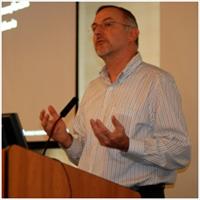 Peter Veit, Interim Director of Institutions and Governance Program, World Resources Institute
Peter Veit, Interim Director of Institutions and Governance Program, World Resources Institute
Peter Veit discussed the authorities granted by government to natural resource licensees to enter onto and use privately-held land (including communal/customary land and private conservancies) for purposes of exercising their resource rights. He focused on petroleum and mineral concession holders in Ghana, Liberia, Kenya and Uganda. Some comparison was also made with the authorities granted to the holders of tree and forest rights.
Veits work with the World Resources Institute (WRI) has focused on the spectrum of restrictions on privately-held landfrom restrictions with minor impacts on land use and values to regulatory takings. Of note is the contrast with US land rights where land ownership comes with rights to many natural resources, while in the study countries, there are separate and distinct land and many natural resource property rights regimes. Veits research shows that mineral and petroleum laws provide resource licensees with considerable authorities to use private land for their operations.
The situation with trees and forests is more complex but in some countries the forestry laws better recognize land rights than mineral and petroleum laws. Still, commercial use usually requires government approval management plans and certain species have use restrictions or are fully protected.
There is ample room to increase options for landowners to lobby for stronger land rights such as requesting rent from licensees to use private land, mandating landholder consent for licensees to use natural resources, and allowing landowners to use land in conjunction with licensee, etc. Many contradictions exist between land and natural resource laws that need to be harmonized.
Empowering Communities: Recognizing Land Rights as a Path to Collaboration
 Karol Boudreaux, Africa Land Tenure Specialist, U.S. Agency for International Development / Economic Growth, Education and Environment
Karol Boudreaux, Africa Land Tenure Specialist, U.S. Agency for International Development / Economic Growth, Education and Environment
Karol Boudreaux presented on emerging land tenure and land governance issues in Africa and focused on large-scale land acquisitions, private-sector investment and the opportunity presented by the adoption of the Voluntary Guidelines on the Responsible Governance of Tenure of Land, Fisheries and Forests (VGGT) to address conflict related to competing land uses and how USAID is thinking about these issues and challenges.
The VGGT offers land and resource managers fundamental guidelines on land use planning and administration. Adoption of the VGGT provides an important window of opportunity to tackle issues including protecting customary rights, integrating gender concerns, recognizing secondary and tertiary rights (most typically to natural resources) and supporting responsible investing by private sector actors. Boudreaux highlighted how some community-based natural resource management (CBNRM) best practices can be applied to work with communities, farmers associations, etc. to build more collaborative contracting models that empower communities.
Governance is a systemic process that relates to the rule of law, political concerns and local power structures. Land tenure professionals would benefit from incorporating more comprehensive, integrated approaches to their practices so as to incorporate not only institutions allocating and enforcing laws, but also informal sector institutions, traditional leaders and customary practices.
Demand for land in Africa is high but tenure rights on the ground are often weak. Locals need assurances that their rights are realized and honored thus promoting a sense of ownership and resource stewardship. For example, empowering local communities to transfer rights between their own people and to engage directly with investors can be mutually beneficial and reduce some risks associated with land acquisitions.
Carl Bruch, Environmental Law Institute
 The Environmental Law Institute (ELI) is working on a multi-year project examining how post-conflict peace-building can be catalyzed through natural resource management processes. As a joint exercise with other institutions, ELI has published Land and Post-Conflict Peacebuilding edited by Jon Unruh and Rhodri Williams and published by Earthscan. Peace building is difficult often because of conflicts over land and natural resources. In South Sudan, virtually none of the communities have come forward to validate their claims to community land after Khartoum enacted a law that invalidated 99 percent of the populations claims, reflecting a daunting task of integrating formal governance structures with local, informal customary systems.
The Environmental Law Institute (ELI) is working on a multi-year project examining how post-conflict peace-building can be catalyzed through natural resource management processes. As a joint exercise with other institutions, ELI has published Land and Post-Conflict Peacebuilding edited by Jon Unruh and Rhodri Williams and published by Earthscan. Peace building is difficult often because of conflicts over land and natural resources. In South Sudan, virtually none of the communities have come forward to validate their claims to community land after Khartoum enacted a law that invalidated 99 percent of the populations claims, reflecting a daunting task of integrating formal governance structures with local, informal customary systems.
Well functioning land management systems depend on good information systems. Cadastral systems thus need careful design to incorporate the vertical spectrum of rightsminerals and petroleum, grazing, trees, etc. into one system.
Closing Discussion:
Several key themes percolated during the discussion:
Land tenure professionals need to be more considerate of cross-sectoral land use issues, including climate change. USAID, for example, employs climate experts to address climate change implications on land use, and show concern on the level of informality prevalent with rural communities and other stakeholders.
The role of governance is crucial as a regulatory mechanism, but must also involve an interactive, multi-ministerial framework for effective policy-making and functioning regulation using a comprehensive cadastral database.
A significant challenge for land tenure practitioners is engaging communities, often small and marginalized, in the process of securing their land rights and other resource privileges with trust and confidence in the governance system. Some examples were cited where community awareness and trust in a (generally) centralized government agency is poor. These include South Sudan and southern Kenya, where communal rangeland in Kajiado County is being subdivided amid short-term gain and community uncertainty.
The land use and governance theme may gain from efforts to further formalize land issues and build capacity to tackle conservation challenges by engaging academic institutions. Whereas conservation and developments organizations indeed have field specialists and technical expertise, the academic sector offers opportunities to pool various resources including robust evidence-based socio-economic and ecological knowledge. The UKs Department of Land Economy at the University of Cambridge was cited as an example of its role in helping create several land use statutes in Africa. Other partnerships include USAID and The Nelson Institutes Land Tenure Center at the University of Madison-Wisconsin.
Much of the work done by ABCG is closely tied to the land, a fact that resonates with our development counterparts. Many of the stakeholders including rural communities approach land use broadly and systemically. Land use thus serves as an ever present reminder of the need to synergize strengths through partnerships, and break barriers of institutional silos and information stove piping that affect the mission of work towards biodiversity conservation and sustained livelihood development.


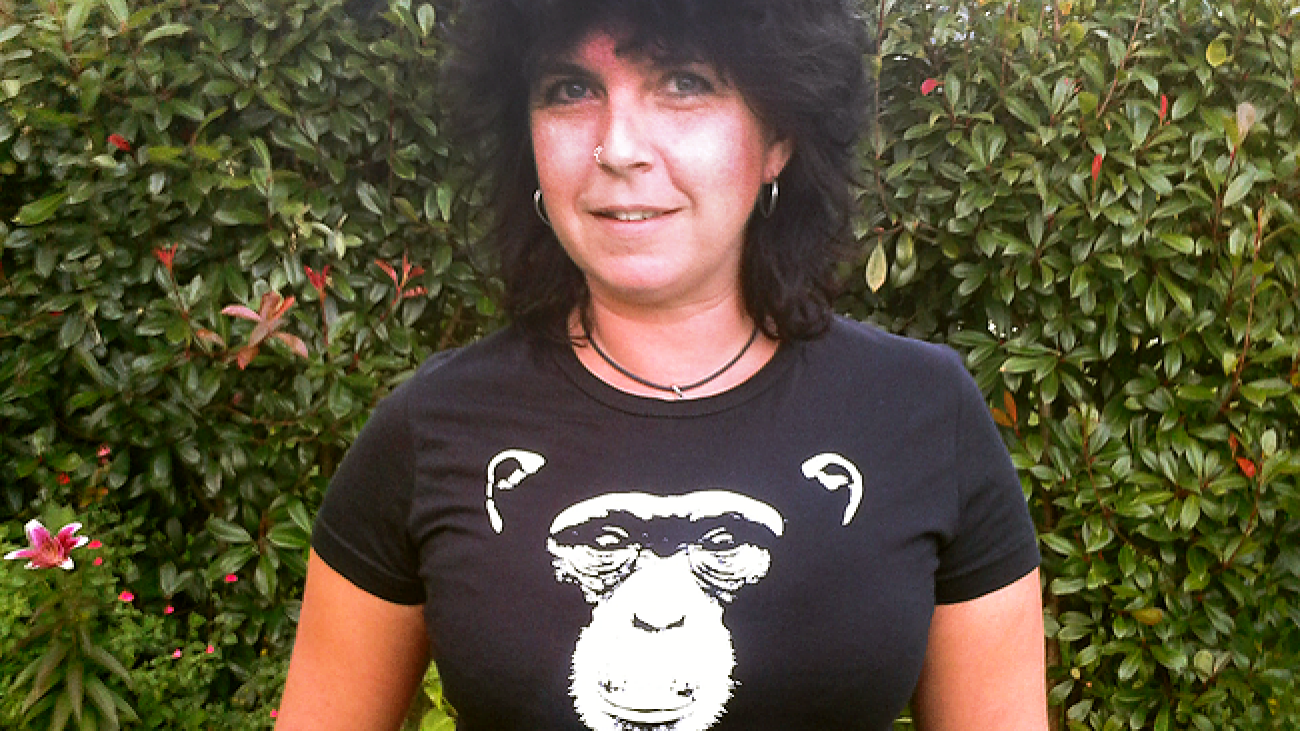

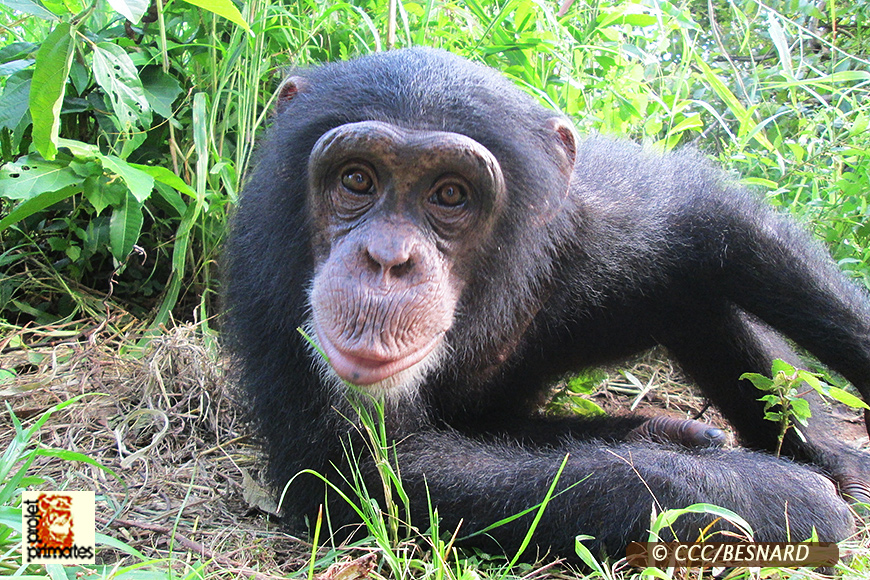 She has worked with chimpanzees since 1994 in four different countries. She’s also a vet technician specialized in emergency medicine. She’s been fundraising, managing and been the driving force and an active player in the release, protection and education programs of the CCC. She’s also the president of Project Primate, Inc. a US NGO, funding the CCC.
She has worked with chimpanzees since 1994 in four different countries. She’s also a vet technician specialized in emergency medicine. She’s been fundraising, managing and been the driving force and an active player in the release, protection and education programs of the CCC. She’s also the president of Project Primate, Inc. a US NGO, funding the CCC.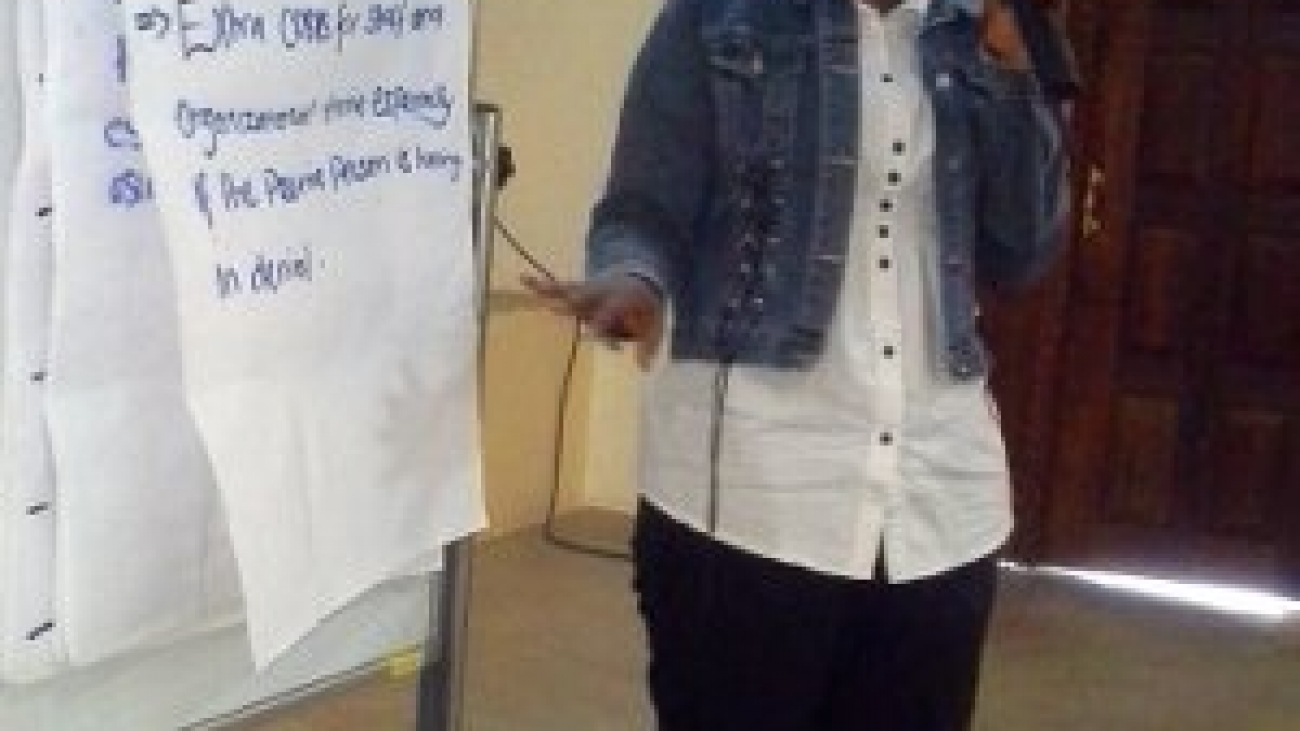
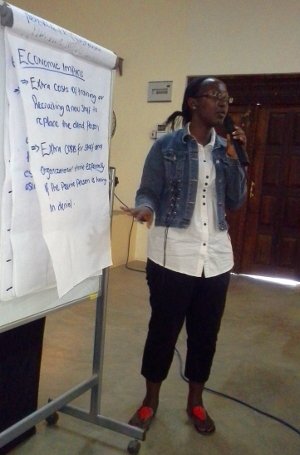
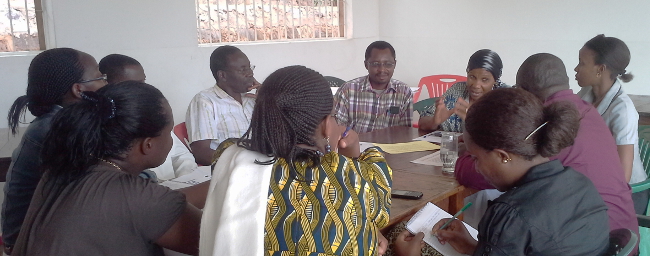
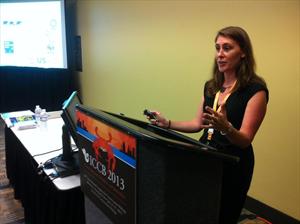 Natalie Bailey, Africa Biodiversity Collaborative Group
Natalie Bailey, Africa Biodiversity Collaborative Group 
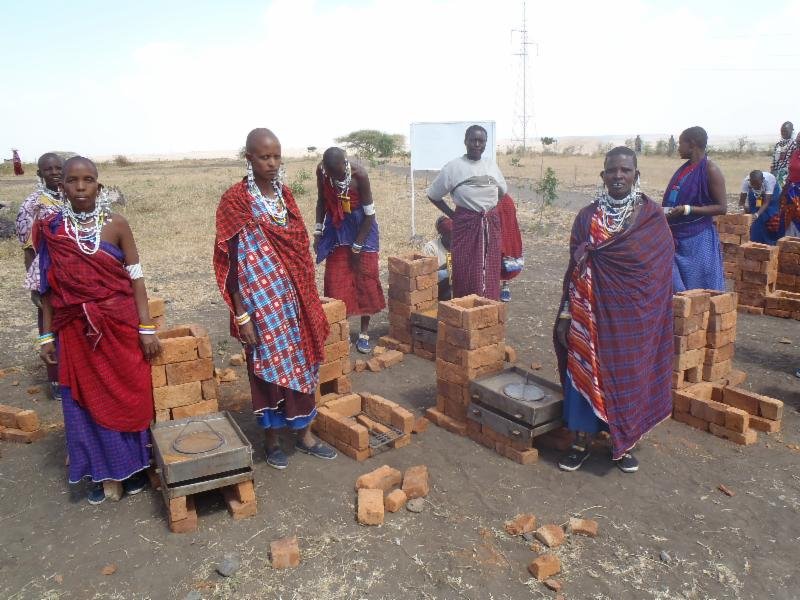

 Bob Lang of the
Bob Lang of the 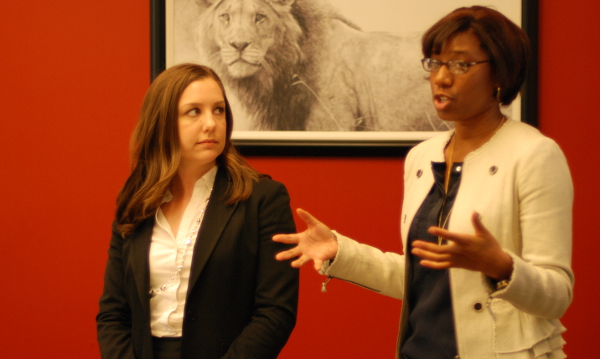 The
The 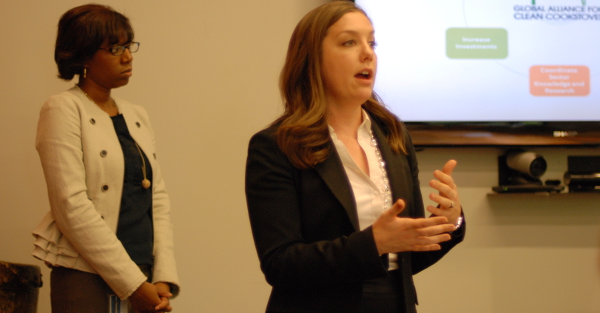








 Available opportunities exist within the country policy framework to improve management of critical ecosystems in Western Tanzania and reduce conflicts in the utilization of forests while improving the livelihoods of the local population. Through an intense participatory process, JGI and Frankfurt Zoological Society have completed 63 village land use plans and 37 village land forest reserves in the Greater Mahale Ecosystem. This contributes to the process of integrating local planning with regional and national natural resource planning and management. Brown shared that the recently completed 15 month survey for assessing critical chimpanzee habitat is being used by government officials to identify priority conservation sites and reach consensus regarding the conservation status for each of those sites within the Greater Mahale Ecosystem. This information is being used to define the most critical forest protection sites for existing chimpanzee populations and for connectivity within this broader ecosystem. The resulting knowledge is being discussed with district and higher government officials to consider the value of the resource inventory and implications for management, local livelihoods and conservation. A forest protection blue-print will be produced that will result in the creation of new protected areasvillage forest reserves and national forest reserves.
Available opportunities exist within the country policy framework to improve management of critical ecosystems in Western Tanzania and reduce conflicts in the utilization of forests while improving the livelihoods of the local population. Through an intense participatory process, JGI and Frankfurt Zoological Society have completed 63 village land use plans and 37 village land forest reserves in the Greater Mahale Ecosystem. This contributes to the process of integrating local planning with regional and national natural resource planning and management. Brown shared that the recently completed 15 month survey for assessing critical chimpanzee habitat is being used by government officials to identify priority conservation sites and reach consensus regarding the conservation status for each of those sites within the Greater Mahale Ecosystem. This information is being used to define the most critical forest protection sites for existing chimpanzee populations and for connectivity within this broader ecosystem. The resulting knowledge is being discussed with district and higher government officials to consider the value of the resource inventory and implications for management, local livelihoods and conservation. A forest protection blue-print will be produced that will result in the creation of new protected areasvillage forest reserves and national forest reserves. Kathleen Fitzgerald, Director of Land Conservation, Africa Wildlife Foundation
Kathleen Fitzgerald, Director of Land Conservation, Africa Wildlife Foundation Peter Veit, Interim Director of Institutions and Governance Program, World Resources Institute
Peter Veit, Interim Director of Institutions and Governance Program, World Resources Institute Karol Boudreaux, Africa Land Tenure Specialist, U.S. Agency for International Development / Economic Growth, Education and Environment
Karol Boudreaux, Africa Land Tenure Specialist, U.S. Agency for International Development / Economic Growth, Education and Environment The Environmental Law Institute (ELI) is working on a multi-year project examining how post-conflict peace-building can be catalyzed through natural resource management processes. As a joint exercise with other institutions, ELI has published
The Environmental Law Institute (ELI) is working on a multi-year project examining how post-conflict peace-building can be catalyzed through natural resource management processes. As a joint exercise with other institutions, ELI has published